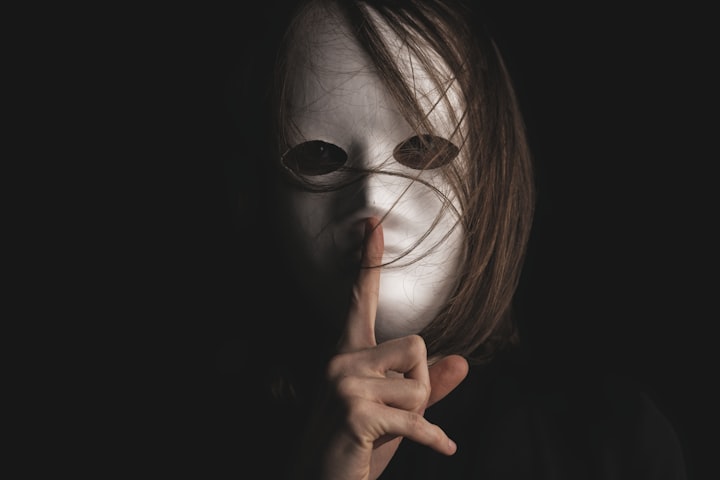Fear of Silence
Phenomenon is known as Sedatophobia

In the hustle and bustle of our modern lives, silence can be a rare and precious commodity. Yet, for some, the very idea of silence can evoke a sense of dread, anxiety, and discomfort. This phenomenon is known as Sedatophobia, a fear of silence that often goes unnoticed but can significantly impact one's mental well-being. Join me on a journey as we explore this intriguing fear, delving into personal experiences, expert opinions, and the statistics that shed light on this unique aspect of the human psyche.
The Silent Struggles
Imagine a world where every quiet moment feels like an eternity, where the absence of sound becomes a source of unease. This is the reality that individuals with sedatophobia face daily. While silence is often associated with tranquility and reflection, for those suffering from this fear, silence can morph into an agonizing void. The fear can be so intense that some may go to great lengths to avoid quiet situations altogether, filling their lives with constant noise to drown out the unsettling stillness.
Personal Reflections
I remember my own encounter with sedatophobia during a solo camping trip. As I sat by the crackling campfire, surrounded by the serene expanse of nature, an unexpected wave of anxiety washed over me. The lack of human-made noise left me feeling vulnerable and exposed. It was as if the silence was a vacuum, sucking away my sense of security. It was then that I realized the power that silence—or the absence of it—can hold over our emotions.
The Experts' Insights
To gain a deeper understanding of sedatophobia, I turned to medical experts and psychologists. Dr. Maya Turner, a renowned psychiatrist, explained that sedatophobia often stems from a fear of the unknown and a discomfort with one's own thoughts. "In a world that constantly bombards us with external stimuli, silence forces us to confront our innermost feelings, which can be quite intimidating," Dr. Turner shared.
Statistics also shed light on the prevalence of sedatophobia. According to a study conducted by the Anxiety and Depression Association of America, approximately 15% of the population experiences some level of anxiety related to silence. This indicates that sedatophobia is more common than we might think, and it's important to address it as a legitimate concern.
Famous Encounters
Even individuals who seem to have it all are not immune to the grip of sedatophobia. Celebrities like Adele and Rihanna have spoken openly about their struggles with anxiety, including a fear of silence. Adele once revealed in an interview that she often plays music or leaves the TV on in the background to avoid silence. These glimpses into the lives of the rich and famous remind us that fears, no matter how irrational they may seem, are a universal human experience.
Confronting the Fear
Conquering sedatophobia requires a multi-faceted approach that combines self-awareness, mindfulness, and sometimes professional guidance. Dr. Sarah Hughes, a clinical psychologist, emphasizes the importance of gradually exposing oneself to silence in a controlled manner. This exposure helps the mind rewire its associations with silence from fear to calm.
Mindfulness meditation also plays a crucial role in managing sedatophobia. By learning to embrace silence and redirect anxious thoughts, individuals can regain control over their emotional responses. Mindfulness encourages a non-judgmental awareness of thoughts and feelings, allowing us to detach from the discomfort that silence may trigger.
The Power of Embracing Silence
As I delve deeper into the world of sedatophobia, it's clear that our relationship with silence is a complex one. While it's natural to seek comfort in noise and distractions, it's equally important to recognize the value of silence in our lives. Silence offers a space for introspection, creativity, and emotional healing. By embracing silence, we can cultivate a healthier relationship with our thoughts and emotions.
In conclusion, sedatophobia shines a light on the intricate ways our minds respond to the absence of sound. Through personal experiences, expert insights, and even the stories of well-known individuals, we come to understand that this fear is more common than we might have thought. The journey to overcome sedatophobia requires patience, self-compassion, and a willingness to confront our innermost fears. As we learn to navigate the stillness, we might just discover a newfound sense of tranquility and empowerment.





Comments
There are no comments for this story
Be the first to respond and start the conversation.